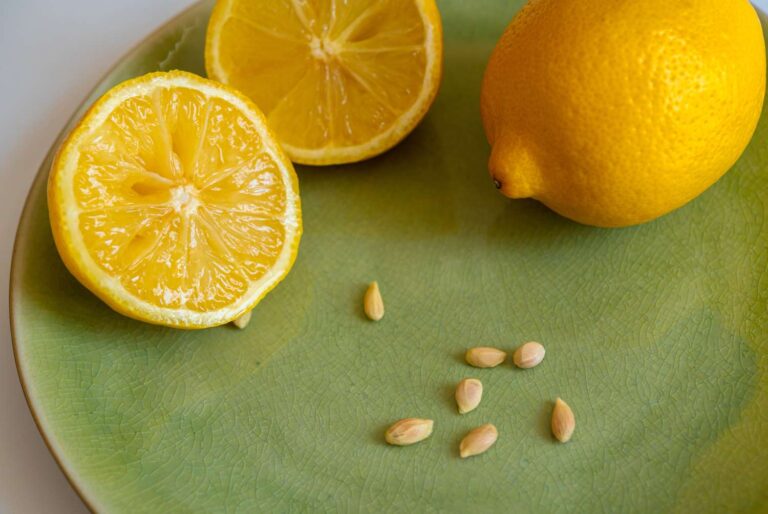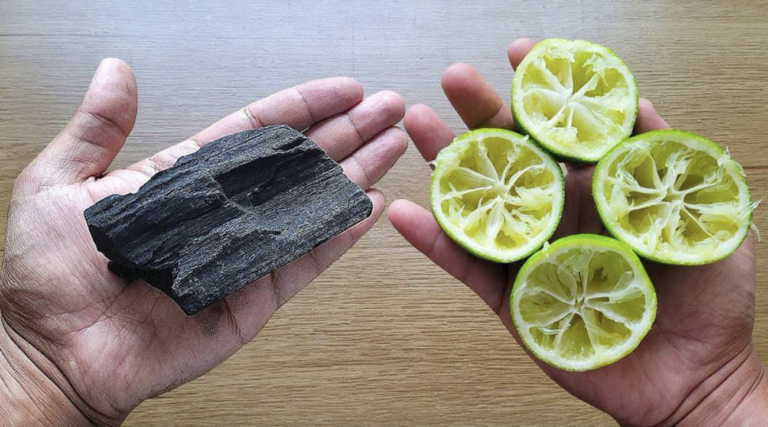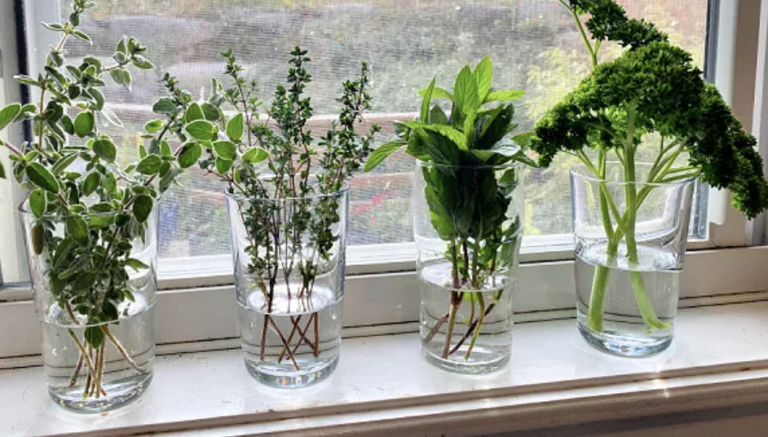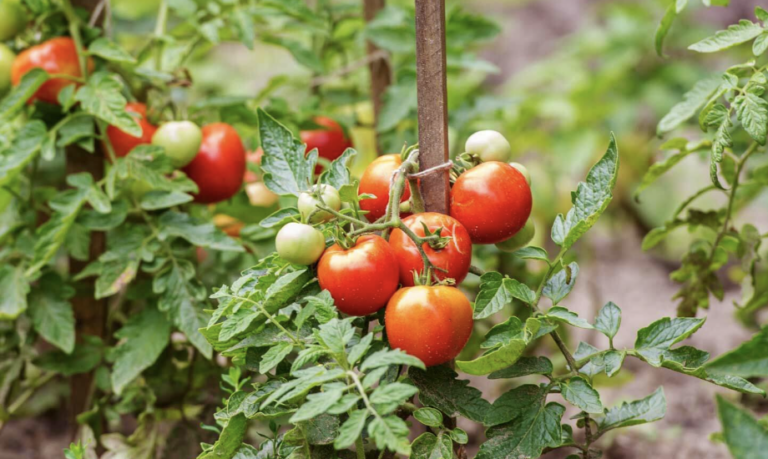Fig leaves often get overlooked while the sweet fruit steals the spotlight—but these leaves are seriously underrated when it comes to health benefits. Used for centuries in traditional medicine, fig leaves support everything from blood sugar balance to digestion and even skin health. Here’s why they deserve a place in your wellness routine.
Health Benefits of Fig Leaves
-
Helps Manage Blood Sugar
Fig leaves have natural compounds that may improve insulin sensitivity and lower blood sugar levels. They’re often used in traditional remedies for supporting diabetes management. -
Supports Heart Health
These leaves can help reduce triglycerides and cholesterol levels, making them a great choice for boosting cardiovascular wellness. -
Soothes the Gut
Drinking fig leaf tea or decoctions can calm the digestive system, helping with indigestion, constipation, and even ulcers. -
Fights Inflammation
Fig leaves are rich in antioxidants and anti-inflammatory compounds that may help reduce pain and swelling. -
Improves Skin Conditions
Applied topically or used in bath soaks, fig leaves may help with skin issues like eczema, rashes, and acne due to their soothing and antimicrobial properties. -
Supports Lung Health
In traditional use, fig leaf tea is believed to help reduce coughing, soothe sore throats, and support easier breathing.
How to Use Fig Leaves
- Fig Leaf Tea: Simmer a few fresh or dried fig leaves in water for 10–15 minutes. Strain and drink warm.
- Topical Use: Soak the leaves, blend them into a paste, and apply to the skin for irritation relief.
- Bath Soak: Add crushed fig leaves to your bathwater to soothe dry or itchy skin.
- Culinary Uses: In some cuisines, fig leaves are used to wrap foods for steaming or baking.
Fig leaves might not look like much, but they pack a powerful punch for your health. Whether you sip them as tea or use them on your skin, they’re a natural remedy worth trying—and you might just have some growing nearby.









